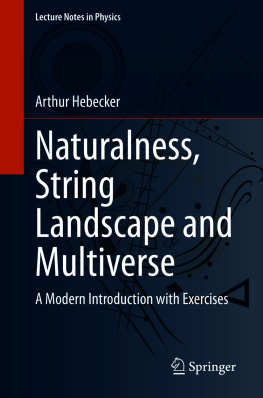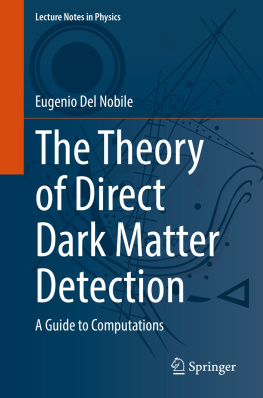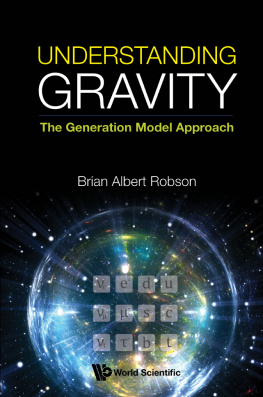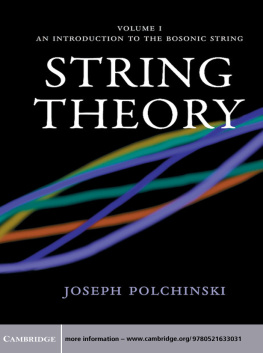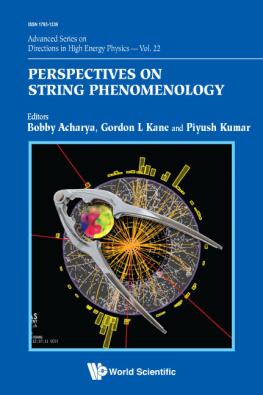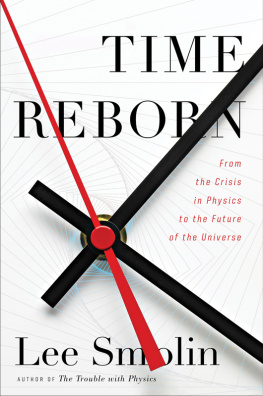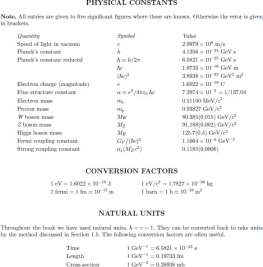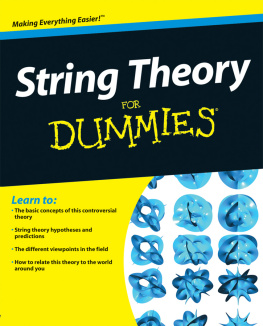Volume 979
Lecture Notes in Physics
Series Editors
Matthias Bartelmann
Heidelberg, Germany
Roberta Citro
Salerno, Italy
Peter Hnggi
Augsburg, Germany
Morten Hjorth-Jensen
Oslo, Norway
Maciej Lewenstein
Barcelona, Spain
Angel Rubio
Hamburg, Germany
Manfred Salmhofer
Heidelberg, Germany
Wolfgang Schleich
Ulm, Germany
Stefan Theisen
Potsdam, Germany
James D. Wells
Ann Arbor, MI, USA
Gary P. Zank
Huntsville, AL, USA
Founding Editors
Wolf Beiglbck
Heidelberg, Germany
Jrgen Ehlers
Potsdam, Germany
Klaus Hepp
Zrich, Switzerland
Hans-Arwed Weidenmller
Heidelberg, Germany
The Lecture Notes in Physics
The series Lecture Notes in Physics (LNP), founded in 1969, reports new developments in physics research and teaching-quickly and informally, but with a high quality and the explicit aim to summarize and communicate current knowledge in an accessible way. Books published in this series are conceived as bridging material between advanced graduate textbooks and the forefront of research and to serve three purposes:
to be a compact and modern up-to-date source of reference on a well-defined topic;
to serve as an accessible introduction to the field to postgraduate students and nonspecialist researchers from related areas;
to be a source of advanced teaching material for specialized seminars, courses and schools.
Both monographs and multi-author volumes will be considered for publication. Edited volumes should however consist of a very limited number of contributions only. Proceedings will not be considered for LNP.
Volumes published in LNP are disseminated both in print and in electronic formats, the electronic archive being available at springerlink.com. The series content is indexed, abstracted and referenced by many abstracting and information services, bibliographic networks, subscription agencies, library networks, and consortia.
Proposals should be sent to a member of the Editorial Board, or directly to the responsible editor at Springer:
Dr Lisa Scalone
Springer Nature
Physics
Tiergartenstrasse 17
69121 Heidelberg, Germany
lisa.scalone@springernature.com
More information about this series at http://www.springer.com/series/5304
Arthur Hebecker
Naturalness, String Landscape and Multiverse
A Modern Introduction with Exercises
1st ed. 2021

Logo of the publisher
Arthur Hebecker
Institut fr Theoretische Physik, Universitt Heidelberg, Heidelberg, Germany
ISSN 0075-8450 e-ISSN 1616-6361
Lecture Notes in Physics
ISBN 978-3-030-65150-3 e-ISBN 978-3-030-65151-0
https://doi.org/10.1007/978-3-030-65151-0
Springer Nature Switzerland AG 2021
This work is subject to copyright. All rights are reserved by the Publisher, whether the whole or part of the material is concerned, specifically the rights of translation, reprinting, reuse of illustrations, recitation, broadcasting, reproduction on microfilms or in any other physical way, and transmission or information storage and retrieval, electronic adaptation, computer software, or by similar or dissimilar methodology now known or hereafter developed.
The use of general descriptive names, registered names, trademarks, service marks, etc. in this publication does not imply, even in the absence of a specific statement, that such names are exempt from the relevant protective laws and regulations and therefore free for general use.
The publisher, the authors and the editors are safe to assume that the advice and information in this book are believed to be true and accurate at the date of publication. Neither the publisher nor the authors or the editors give a warranty, expressed or implied, with respect to the material contained herein or for any errors or omissions that may have been made. The publisher remains neutral with regard to jurisdictional claims in published maps and institutional affiliations.
This Springer imprint is published by the registered company Springer Nature Switzerland AG.
The registered company address is: Gewerbestrasse 11, 6330 Cham, Switzerland
To my wife, Andrea
Preface
This course intends to give a concise but technical introduction to Physics Beyond the Standard Model and early cosmology as seen from the perspective of string theory. Basics of string theory will be taught as part of the course. As a central physics theme, the two hierarchy problems (of the cosmological constant and of the electroweak scale) will be discussed in view of ideas like supersymmetry, string theory landscape, eternal inflation and multiverse. The presentation will include critical points of view and alternative ideas and explanations. Problems with solutions are also provided to facilitate the use of these notes in classroom and for self-study.
Basic knowledge of quantum field theory (QFT), general relativity and cosmology will be assumed. Supersymmetry, elements of supergravity and fundamentals of string theory will be taught together with a number of geometrical concepts needed to study string compactifications. However, given the limited scope of a one-semester lecture series, this can clearly not replace a full string theory course or the detailed study of string geometry.
The author has taught this course at Heidelberg University with the intention to prepare students who have taken a two-semester QFT and a one-semester relativity course for masters thesis research in string phenomenology. Another goal was to allow students who intend to do research in particle phenomenology, cosmology or formal (mathematical) string theory to develop some basic understanding of the possible relation of string theory to real-world physics and its most fundamental problems.
For students who had the privilege of enjoying a complete graduate-level education (with full lecture courses on strings and supersymmetry/supergravity) before embarking on research, most of the material in the first part of this course will be familiar. Still, depending on the focus of their string and cosmology courses, they may find useful additional information about landscape, multiverse, eternal inflation and alternative perspectives in the second half of the course.
The detailed plan of the lecture notes is as follows: We will start in Chap. , we end by summarising the overall picture and the challenges that should have crystallised during the study of this course.
While useful references for background material and deeper exploration will be provided as we go along, it may not hurt to give some essential literature right away: Good sources for the background knowledge in QFT and relativity are [1] and [2], respectively. For more details on Standard Model and particle-physics-related topics, Refs. [3, 4] represent useful sources. For supersymmetry and supergravity, see [5, 6]. Two of the most complete modern string theory textbooks are [7, 8]. Concerning string phenomenology, [9] represents a very comprehensive monograph, which, in particular, covers the important subjects of how specific gauge and matter sectors are realised in string compactificationsa topic that we treat very superficially in this course. A very useful set of notes emphasising the geometric side of how the landscape arises from string theory is [10]. For a detailed review of string landscape physics, see [11].

